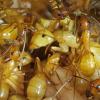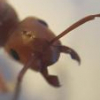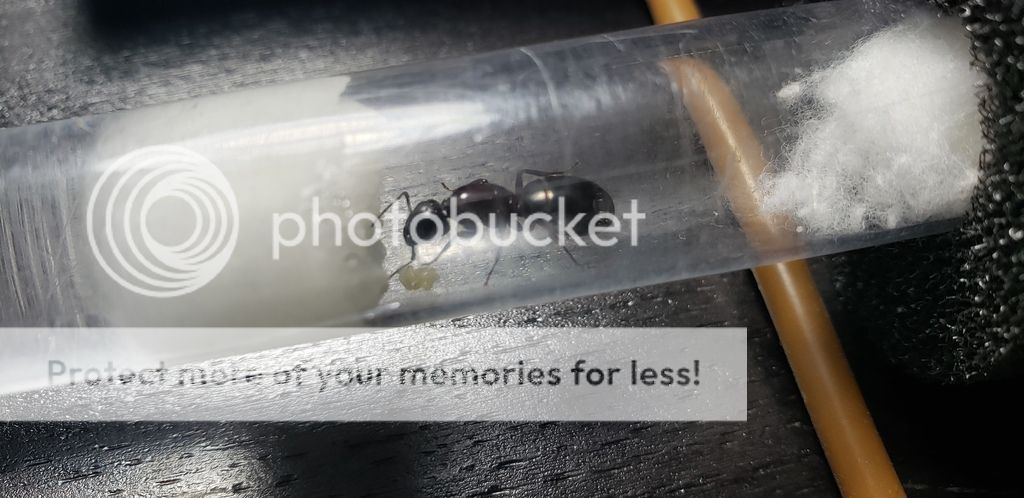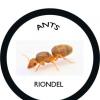Hello, I'm new to the Ant keeping Hobby. Most of my Knowledge is limited to what i watched on AntsCanada Channel by Mikey and AntsAustralia. I've also watched, read some of the stuff from here which is why I decided to create a Journal here in hopes that I can be guided correctly in this journey.
Here's a look at the current set up. i think the black sponge filters are putting the test tubes too far for the heating cable to actually do anything.
The blue ones are Camponotus Nova species and the red one is Camponotus Herculeanus.

I absolutely love the camponotus species and been looking up as much information on them as possible.
Knowing that they are mostly tree huggers, i wanted to create an environment similar to that. However from the research i have done, wood is not the best at being a formicaria. would anyone have any tips on how i can simulate this and still have the ability to observe the nest?
Being in Canada, you'd think i'd have access to alot of resources but it seems the only thing cheap in my area is wood. no one even sells acryllic sheets here and have to order them from US which is not an option for me. There also no Ytongs or cinderblocks sold here. are conrete blocks the same?
I saw Crystal's picture frame method, this seems plausible i just don't know how to work with grout.
I wanted to purchase the hybrid nest from antscanada but they are very expensive and for someone starting out i simply cannot blow that much money or have the luxury to do so..
Anyways, any help would be appreciated. Thank you very much! I will update this with more pics later and once i get any changes.
I have caught these species at the end of May and hopefully they will all be fertile:
Camponotus Pennsylvanicus - Ate all her eggs but waiting for her to calm down.
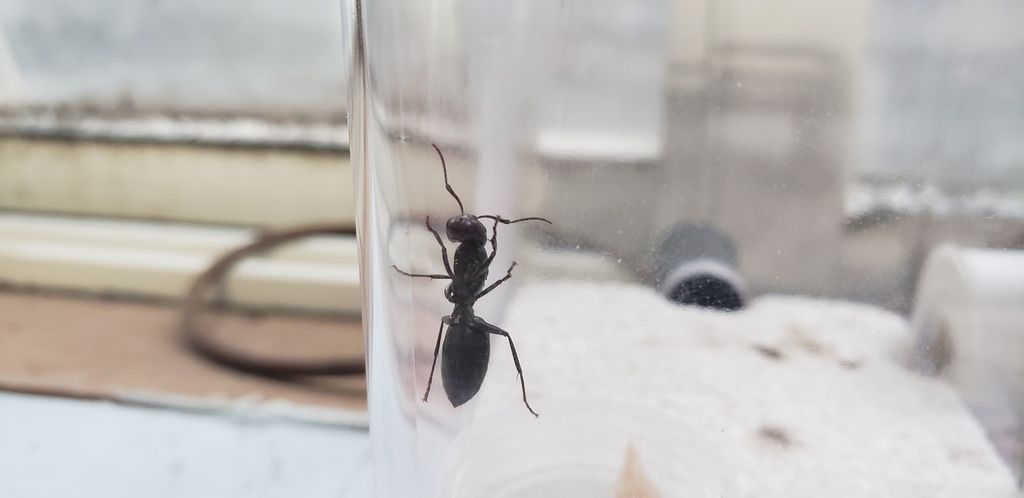
Camponotus Novaeboracencis - Lots of eggs and apparently i have two queens!


Camponotus Herculeanus - i actually think there's larvae now? i can't tell.. i'm new to this

Edited by MonsieurMaru, June 7 2019 - 9:23 PM.






